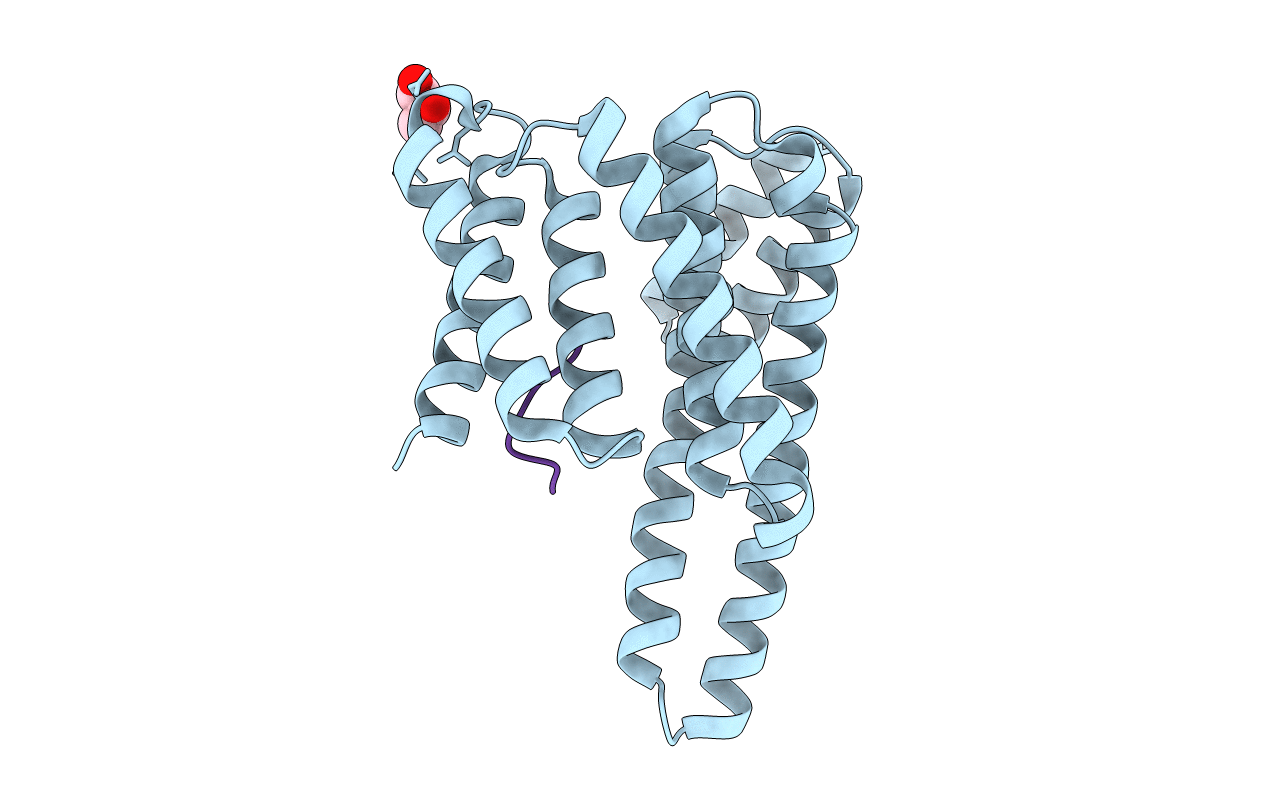
Deposition Date
2012-10-15
Release Date
2013-06-26
Last Version Date
2024-10-30
Entry Detail
PDB ID:
4HKC
Keywords:
Title:
14-3-3-zeta in complex with S1011 phosphorylated integrin alpha-4 peptide
Biological Source:
Source Organism:
Homo sapiens (Taxon ID: 9606)
Host Organism:
Method Details:
Experimental Method:
Resolution:
2.20 Å
R-Value Free:
0.23
R-Value Work:
0.19
R-Value Observed:
0.19
Space Group:
C 2 2 21


